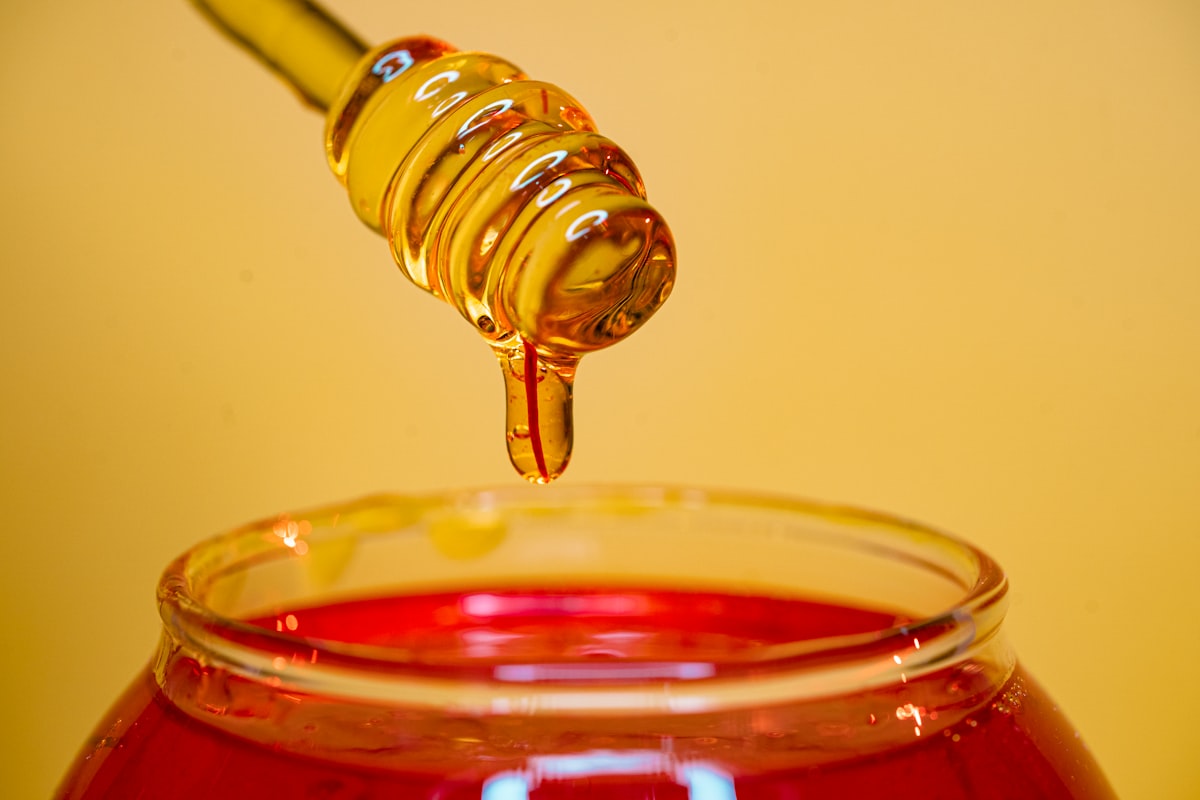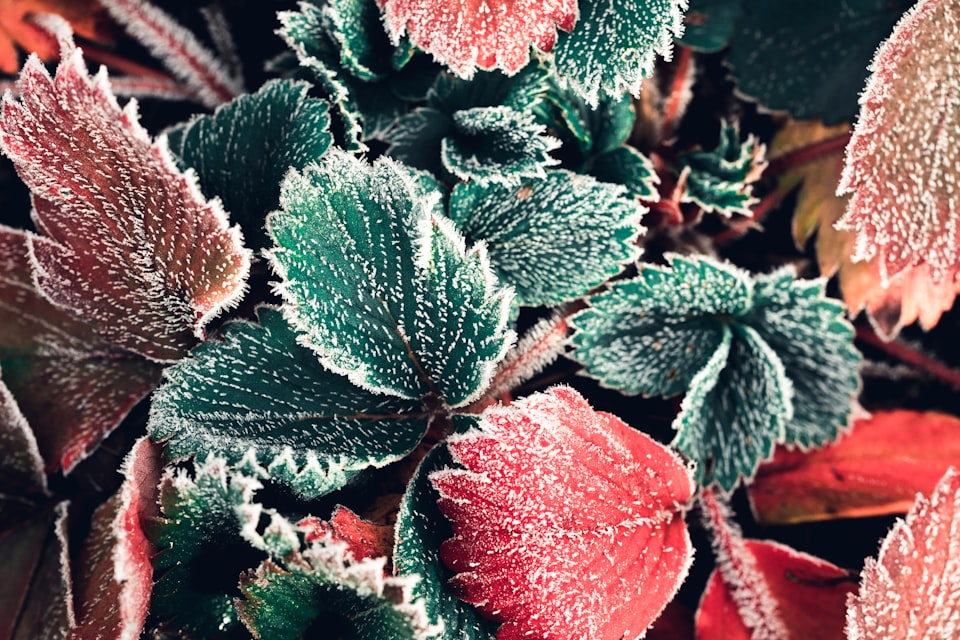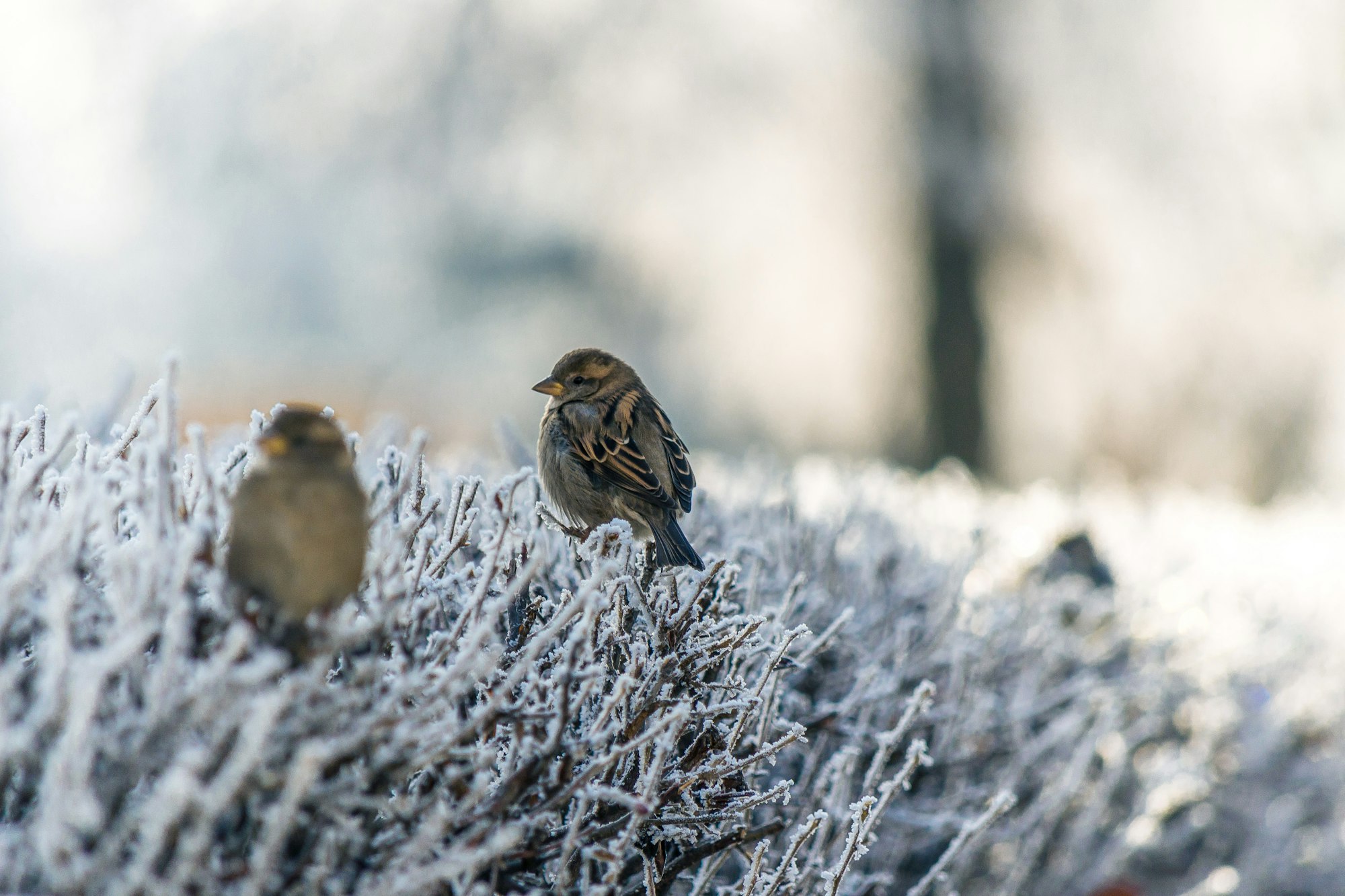VIII: Honey
Honey is something so much more than bee vomit.

Good morning. Today is octidi, the 8th of Frimaire, Year CCXXXI. We celebrate le miel, one of the oddest foodstuffs on the planet, but also one of the best.
Honey is bee vomit. It's a fun (?) fact that gets tossed around, and it's one kids in particular enjoy reciting, and it's a compelling answer to the mystery of how honey is made, how these tiny insects manage to take pollen and turn it into a perfect dessert that virtually never spoils.
And while it's accurate enough from a mammal's perspective, "vomit" is a word that doesn't do justice to the amazing chemistry lab inside of each bee that's entirely dedicated to cooking honey, or the amazing process that's evolved within the structure of beehives. So what is honey, really?



